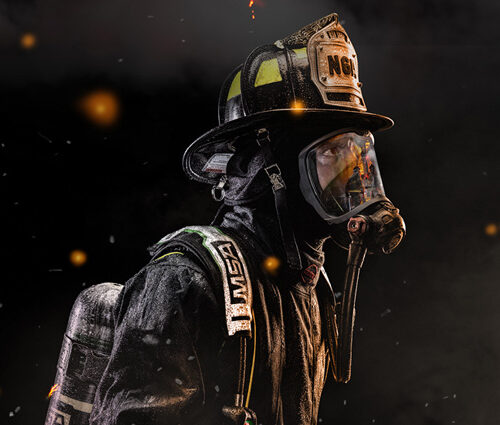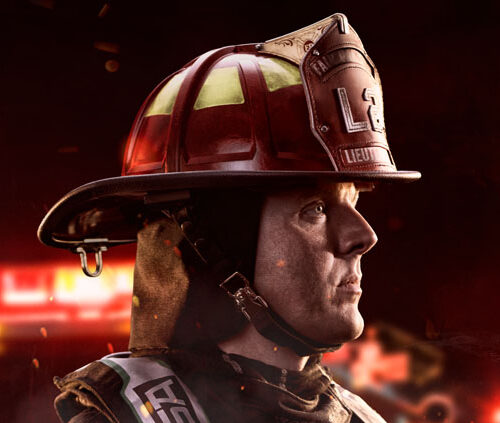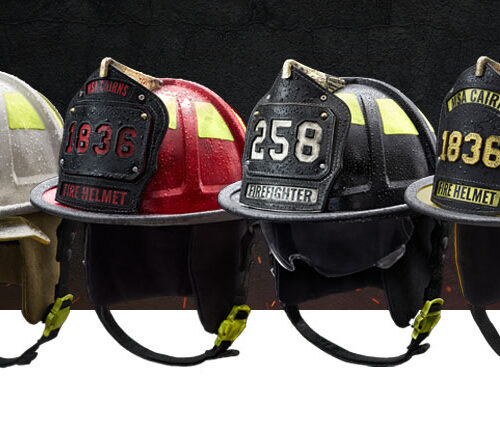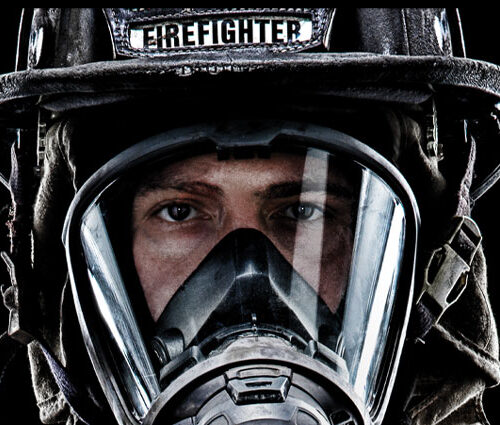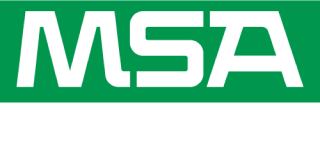
According to the National Fire Protection Association (NFPA), fire departments experienced a staggering increase of more than 49% in non-fire related incidents from 2008 to 2018. Additionally, “almost two-thirds (64%) of the reported calls to fire departments required Emergency Medical Services (EMS) and rescue services” based on data received by the U.S. Fire Administration in 2017.1
These changing dynamics in the fire industry have given rise to changes in NFPA standards and, consequently, to changes in PPE designed to protect firefighters from hazards they encounter on the job.
What is Technical Rescue?
While “technical rescue” is a broad term, for firefighters it includes vehicle rescue, trench rescue, high and low angle rope rescue, water rescue, swift water rescue, agricultural rescue, heavy machinery rescue, EMS operations, tower rescue, structural collapse, urban search and rescue, wilderness search and rescue, confined space rescue, and man in machine.
The PPE required for these operations is specialized and different than that required for structural firefighting. For technical rescue, the focus tends to be more on protection from physical hazards than on flame/heat resistance and thermal insulation.
What changed in NFPA 1951, 2020 Edition?
NFPA 1951, Standard on Protective Ensembles for Technical Rescue Incidents, establishes minimum protection for emergency services personnel assigned to or involved in search, rescue, treatment, recovery, decontamination, site stabilization, extrication, and similar operations at technical rescue incidents.
Some of the changes to NFPA 1951, 2020 Edition, that impacted technical rescue helmet testing and certification include the following:
- Vented shells permitted
- Electrical conductivity test on shell material and not entire assembly
- Chinstrap width reduced to minimum of ½” or 12mm
- Chinstraps are permitted to be mounted on suspension system
- Elimination of flame resistance tests
- Adopted EN 16473 on lateral impact testing/offset force transmission test
- Product labels cannot be metallic or attached with metal fasteners
To be certified to the NFPA 1951 standard, technical rescue helmet testing requirements include: impact (top), penetration, dielectric, and conditioning (hot, cold, wet, radiant).
In addition to certification, technical rescue gear should be as versatile as the job is.
The new MSA Cairns XR2 Technical Rescue Helmet is ideal for specialized tasks and non-fire incidents. It features a compact design with lightweight materials and is adaptable to multiple on-scene scenarios with click-in accessories.
All MSA Cairns helmets are third-party tested by a certified lab to meet NFPA and other safety standards. The Cairns XR2 Technical Rescue Helmet is certified to NFPA 1951 2020 Edition, Standard on Protective Ensembles for Technical Rescue Incidents, and EN 16471:2015 for Wildland Firefighting.
Learn more here.
Note: MSA recommends all end users familiarize themselves with NFPA 1951 (Current Edition), Standard on Protective Ensembles for Technical Rescue Incidents.
Source:
1Fire Department Overall Run Profile as Reported to the National Fire Incident Reporting System (2017), FEMA, U.S. Fire Administration, National Fire Data Center


